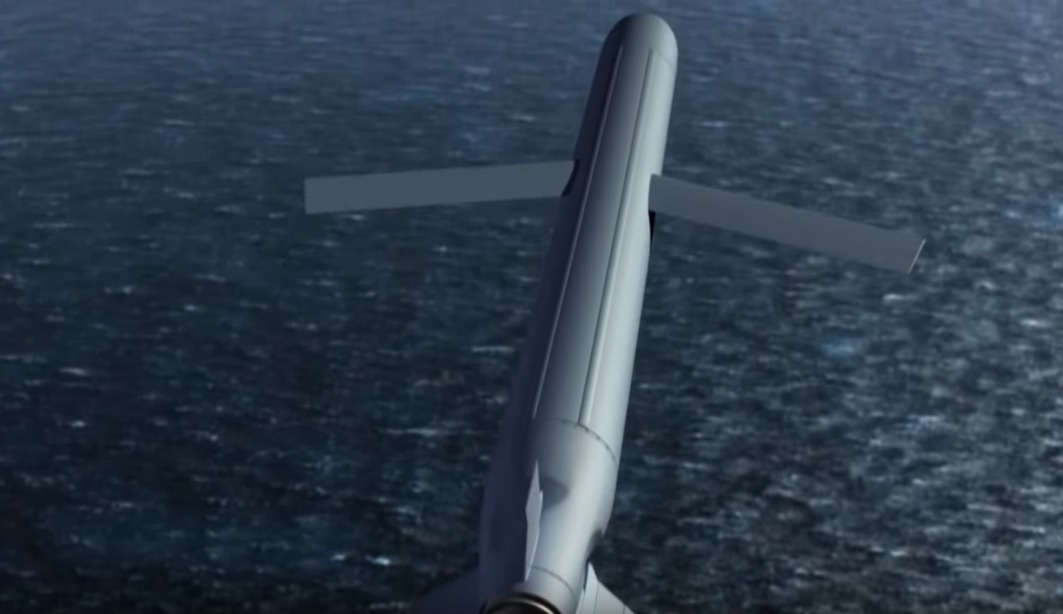Successful ‘Make in India’ for P75(I) by Navantia
Navantia organised the first Indian Industry online event for the P75(I) submarines programme with the participation of more than 200 Indian companies. 500 RFIs specific to P75(I) were submitted in a period of 6 weeks. Over 90 per cent of the receiving companies were Indian and they cover 80 per cent of the P75(I) submarine cost items.
Navantia is participating in the P75(I) project using the basis of the S80 Plus, the only 3000 tonnes AIP submarine currently under construction worldwide. According to Pablo Martínez de Rituerto, Navantia’s Project Director for P75(I), “this baseline is very close to the requirements of the Indian Navy, possibly the closest among any possible. For this reason, technical effort at this stage is minimum and Navantia is focusing in other aspects such as the indigenisation of major equipment and materials, and Transfer of Technology (ToT) options”.
Due to the COVID-19 lockdown, they organised an online conference on April 21, 2020 with the Indian industry, S80 suppliers, as well as other companies and interested associations. The event was attended by over 200 professionals from more than 150 different companies. At the conference, Navantia informed that they had some areas with no Indian supplier identified, and that they planned the submission of Purchase Technical Specifications. Despite the COV ID-19 situation, Navantia and their Indian partners worked online, which proved to be a very effective solution as it enabled an average of 3-4 meetings per day with significant reductions in travel time and cost savings. With more than 100 side meetings, all the areas with no Indian supplier were covered.
At the industry event, in addition to the presentation on the S80 Plus which included its main features, the construction status, schedule and pictures of the actual construction, Navantia presented their revolutionary AIP system known as BEST “Bio-Ethanol Stealth Technology”, which has been developed together with the Spanish Company Abengoa and the American Collins Aerospace, working under a sub-contract by Navantia. The technical presentation was followed by a presentation on Transfer of Technology and indigenisation possibilities.
S80 Submarine
Navantia’s experience in ToT programs is quite ample. At present, ToT is successfully being carried-out in three countries, involving local construction of destroyers in Australia, one LHD in Turkey, and the implementation of an indigenous combat system for Navantia corvettes in Saudi Arabia developed by a Joint Venture created between Navantia and SAMI (Saudi Arabia Military Systems). Previously, Navantia was the co-designer and builder of Scorpene class submarines for the Chilean and Malaysian navies, and had also participated in the design and transfer of technology to India’s six Scorpene submarines being built in MDL (Mumbai), deploying a resident team in India between 2006 and 2013.
Navantia already has signed MoUs with L&T and MDL, both shortlisted as Strategic Partners for the P75(I) project in India. Over 200 Purchase Technical Specifications (PTSs) have been submitted in the last few weeks together with nearly 500 Requests for Information (RFIs) submitted in the last 6 weeks, 92 per cent to Indian Companies, enabling Navantia to gain a high understanding of the Indian industry and its capabilities. This information covers 80 per cent of the P75(I) submarine cost items. The indigenisation effort still continues with the target of achieving 500 PTSs and nearly 1500 RFIs within the next 3-4 months. This activity includes the consultation to current S-80P key suppliers, to promote either fabrication in India, or the incorporation of Indian components. Once the COVID-19 situation permits, follow-up face-to-face meeting and visits to potential suppliers shall take place.
This first Industry Event by Navantia was a great success and the company is eager to continue working with India and progress as much as possible in the P75(I) project. Pablo Martinez de Rituerto assures “Navantia is fully committed to India’s P75(I) project, and is willing to provide the required “Know How” and “Know Why” through a Technology Transfer programme to achieve permanent design, construction and maintenance capabilities in India”. This programme leverages previous successful ToT experiences, for example in Australia where in June 2020 the Commonwealth of Australia signed a Strategic Agreement with local company Navantia Australia recognizing it as a Design Authority for four classes of Royal Australian Navy (RAN) ships.
Navantia organised the first Indian Industry online event for the P75(I) submarines programme with the participation of more than 200 Indian companies. 500 RFIs specific to P75(I) were submitted in a period of 6 weeks.
www.spsnavalforces.com
.




